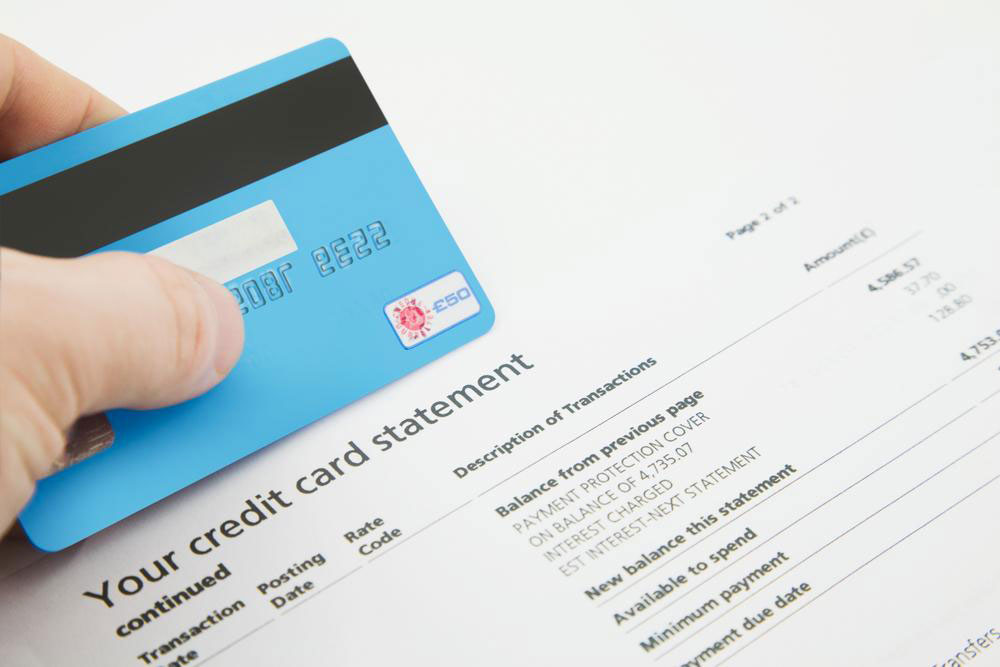Strategies to Secure a Home Loan Despite Poor Credit History
Discover effective strategies to secure a home loan even with a poor credit history. Learn how to improve your credit profile, manage debts, and work with specialized lenders for better mortgage approval chances. Achieving your homeownership dream is possible with disciplined financial habits and expert guidance.

How to Obtain a Mortgage with a Low Credit Score
Securing a home loan can seem daunting if you have a poor credit history, but it is certainly achievable with the right approach. Your credit score plays a significant role in your ability to qualify for a mortgage, influencing the interest rates offered and the loan amount approved. However, many lenders now offer specialized programs and criteria tailored for individuals with less-than-ideal credit profiles. By understanding the necessary steps and leveraging available resources, you can overcome credit challenges and move closer to your dream home.
One of the most important strategic steps is to focus on improving your recent credit behavior. Lenders tend to be more understanding of financial setbacks from the past year rather than older issues. Therefore, paying off all overdue bills over the past 12 months can significantly boost your chances of approval. This includes not just large debts but also smaller bills that may seem insignificant, such as utility or minor service bills. Ensuring all bills are paid on time demonstrates responsible financial behavior and enhances your credit profile.
Maintaining a healthy debt-to-income (DTI) ratio is another critical aspect. Your DTI ratio is a measure of your monthly debt payments compared to your monthly income. Keeping this ratio low shows lenders that you can manage additional debt responsibly. Strategies include paying down existing debts, avoiding new loans before applying, and increasing your income if possible. For many borrowers with challenging credit histories, showing that you are managing your debts effectively can tilt the scales in your favor during the approval process.
In addition to managing your finances carefully, exploring lenders who specialize in bad credit mortgage options can open up more possibilities. These lenders understand the unique circumstances of credit-impaired borrowers and may offer tailored loan programs with more flexible qualification criteria. Some lenders may require larger down payments or additional documentation, but their willingness to work with individuals facing credit challenges can be a significant advantage.
It's also essential to clean up your credit report before applying. Obtain a copy of your credit report from major bureaus and review it thoroughly. Dispute any inaccuracies or outdated information that could be negatively impacting your score. Establishing a pattern of timely bill payments over the months leading up to your application can gradually improve your creditworthiness, making lenders more likely to approve your mortgage application.
Finally, consider seeking the guidance of a financial advisor or a mortgage broker who has experience working with borrowers with poor credit. They can help you develop a tailored plan to improve your financial standing and identify lenders most likely to approve your application. Remember, patience and persistence are key. Building a better credit profile takes time, but with disciplined financial habits, you can increase your chances of securing favorable mortgage terms and achieving homeownership despite credit blemishes.
Achieving a mortgage with poor credit requires strategic planning and diligent effort. Improving your recent payment history, managing your debts wisely, and working with lenders who understand credit challenges are essential steps. It’s important to review and clean your credit report, reduce your debt-to-income ratio, and seek professional advice to increase approval chances. With perseverance and proper financial management, even those with a less-than-perfect credit score can qualify for home loans and realize their dream of homeownership.





